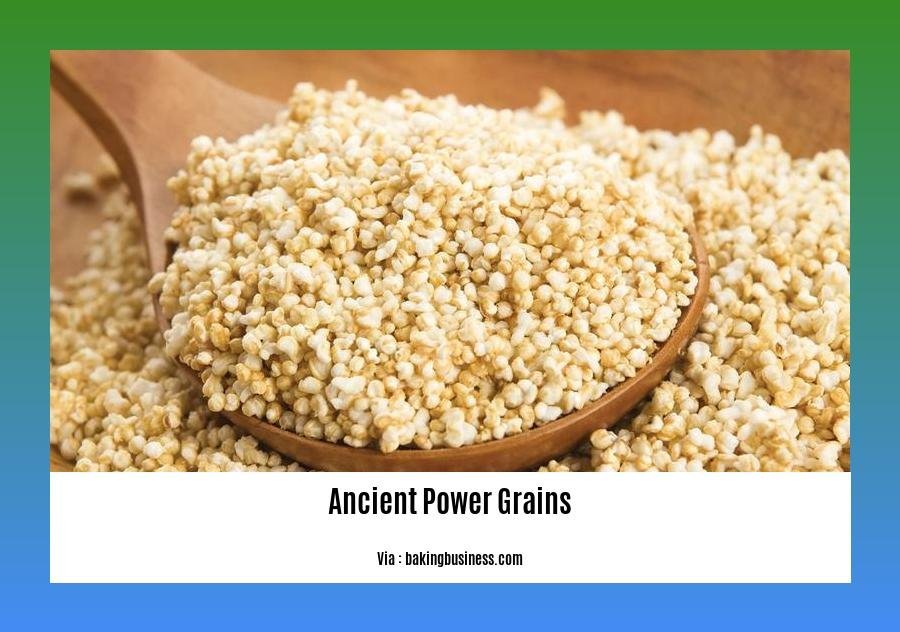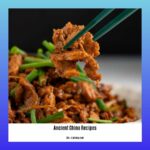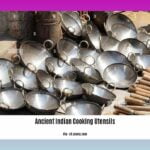Embark on a culinary journey through time as we explore [- The Legacy of Ancient Power Grains: Uncovering History, Flavor, and Nutrition]. Delve into the captivating stories of these ancient grains, discovering their unique properties, diverse flavors, and remarkable health benefits. From their role in shaping civilizations to their enduring presence in modern cuisine, ancient power grains offer a glimpse into the rich tapestry of human history and culinary evolution.
Key Takeaways:
- Ancient power grains are fiber-rich whole grains with more nutrient and flavor compared to modern whole grains.
- They’ve been cultivated for thousands of years.
- Examples include, quinoa, buckwheat, fonio, freekeh, teff, einkorn, emmer, amaranth, millet, black rice, black barley, and spelt.
- They may have more calories, but linked to health benefits such as lower heart disease risk, better blood sugar control, and improved digestion.
- Some ancient grains are gluten-free.
- The fiber acts as a prebiotic, which promotes gut health.
Ancient Power Grains: A Culinary Journey Through History
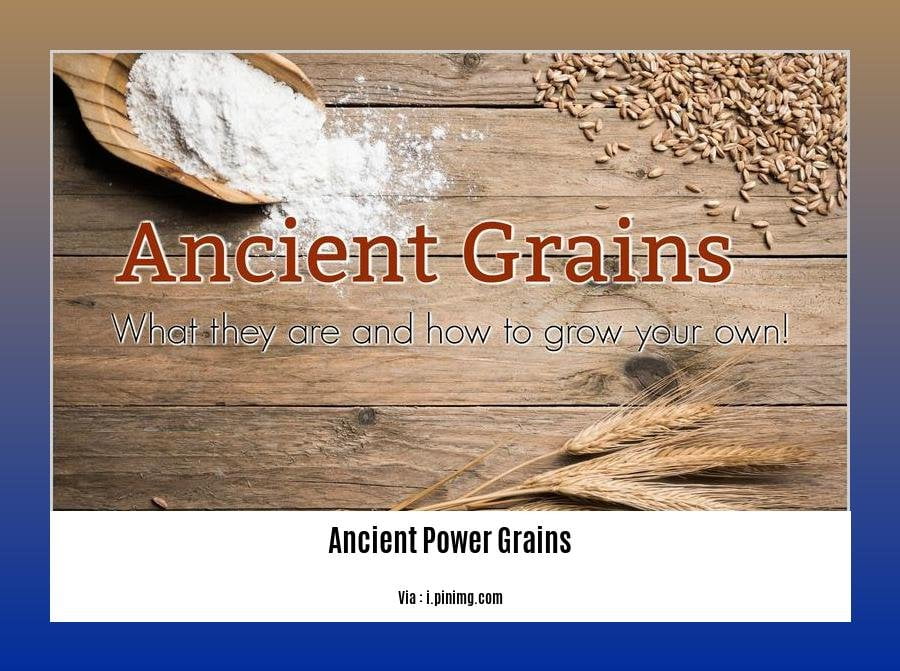
Have you ever wondered about the grains that sustained civilizations for millennia? Ancient power grains, like quinoa, buckwheat, fonio, freekeh, teff, einkorn, emmer, amaranth, millet, black rice, black barley, and spelt, hold a rich history, unique flavors, and remarkable health benefits that can elevate any modern-day diet.
A Culinary Journey Through Time
Ancient power grains have been cultivated for thousands of years, their origins tracing back to the earliest agricultural societies. These grains have played a pivotal role in shaping culinary traditions and flavors across various cultures. From the Incan Empire to ancient Egypt, these grains have nourished populations, providing sustenance and inspiration for countless dishes.
Unlocking the Nutritional Treasures
Ancient power grains are nutritional powerhouses, packed with an array of essential vitamins, minerals, and dietary fiber. They offer a plethora of potential health benefits, including a reduced risk of heart disease, improved blood sugar control, and enhanced digestive health. Incorporating these grains into your diet can help you unlock a healthier and more vibrant lifestyle.
Culinary Versatility and Unique Flavors
Ancient power grains not only boast nutritional richness but also possess a distinct culinary versatility. Their unique textures, nutty flavors, and earthy aromas add depth and character to various dishes. From hearty salads and wholesome soups to delectable pilafs and exotic puddings, these grains can transform ordinary meals into extraordinary culinary experiences.
Embracing the Power of Ancient Grains
Incorporating ancient power grains into your diet is an easy and delicious way to enhance your overall health and well-being. Experiment with different grains, discover their unique flavors, and explore new ways to enjoy these ancient culinary treasures. Their rich history, nutritional value, and culinary versatility make them a worthy addition to any modern-day kitchen.
Discover the World of Ancient Power Grains
- Experiment with different cooking methods to bring out the best flavors and textures of ancient power grains.
- Explore various recipes to create delicious and nutritious meals using these ancient grains.
- Join cooking classes or workshops to learn more about the culinary uses of ancient power grains.
- Read books or articles about the history and cultural significance of ancient power grains.
Ancient power grains, with their rich legacy, diverse flavors, and remarkable nutritional benefits, are a testament to the enduring power of culinary traditions. Embrace these ancient grains, and embark on a culinary journey that nourishes both your body and soul.
Play the Ancient Origins card list, collect every Pokemon card available. You can find all types of Pokemon in a variety of styles.
Find a huge variety of the Ancient Origins Pokemon card list that you need to add to your collection.
Dive into the fascinating world of Ancient Roman board games and discover the boundless entertainment options available to people in the ancient era.
Culinary Versatility: Discover the diverse culinary applications of ancient power grains in various cuisines, including traditional dishes, modern recipes, and alternative uses.
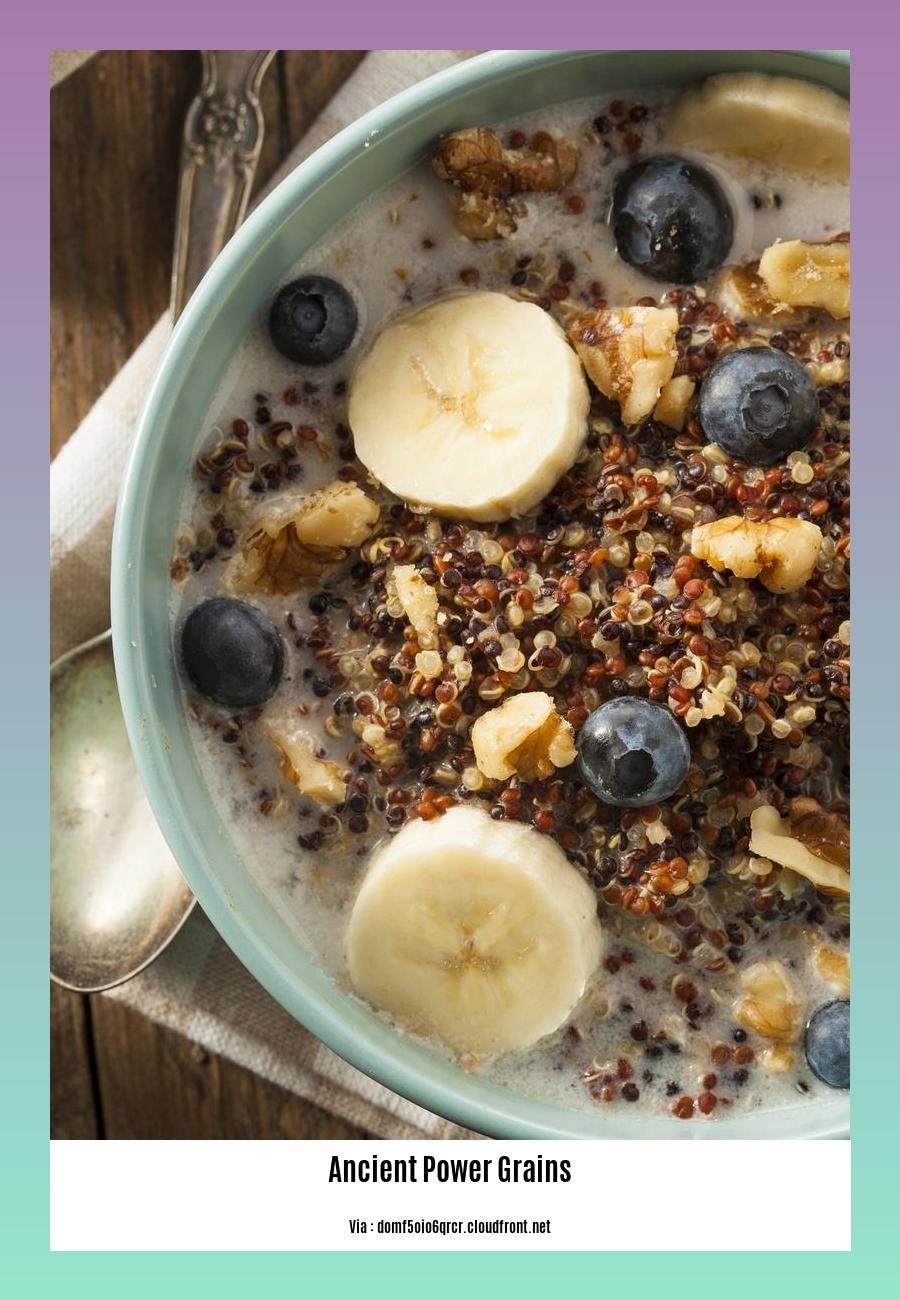
Ancient power grains are not just a passing food fad; they are culinary treasures that have stood the test of time. From humble beginnings in ancient civilizations to their current resurgence in modern kitchens, these grains offer a diverse range of culinary possibilities that can tantalize your taste buds and transport you on a journey through history.
Traditional Dishes: A Culinary Heritage
Across cultures, ancient power grains have been woven into the fabric of traditional cuisine. In India, quinoa takes center stage in the hearty khichdi, a comforting lentil and rice porridge. In Ethiopia, teff forms the base of injera, the spongy flatbread that accompanies flavorful stews. While in China, millet shines in congee, a simple yet nourishing rice porridge.
Modern Recipes: A Canvas for Culinary Creativity
The culinary versatility of ancient power grains extends beyond traditional dishes. Modern chefs are embracing these grains, infusing them into contemporary recipes with exciting results. Quinoa’s mild flavor and fluffy texture make it a versatile addition to salads, pilafs, and grain bowls. Buckwheat flour lends a nutty flavor to pancakes, crepes, and soba noodles. And freekeh, with its smoky aroma, adds depth to soups, stews, and risottos.
Alternative Uses: Beyond the Grain Itself
The culinary journey of ancient power grains doesn’t end with their grains. Their flours, starches, and even their byproducts find diverse applications in the kitchen. Amaranth flour adds a boost of protein and nutrients to baked goods, while millet starch thickens sauces and gravies. Even the bran of these grains, rich in fiber and nutrients, can be incorporated into breads, crackers, and breakfast cereals.
Key Takeaways:
- Ancient power grains have played a pivotal role in shaping culinary traditions across cultures and time periods.
- Their unique textures, flavors, and nutritional benefits make them versatile ingredients in both traditional and modern dishes.
- Ancient power grains can be enjoyed in various forms, including whole grains, flours, starches, and byproducts.
- Incorporating these grains into your diet is an easy way to add variety, flavor, and nutrition to your meals.
Sources:
– From Ancient Crop to Modern Superfood: Exploring the History, Diversity, Characteristics, Technological Applications, and Culinary Uses of Peruvian Fava Beans
– Ancient Grains-Based Foods and their Modern Equivalents
Health Benefits: Examine the potential health benefits associated with consuming ancient power grains, including improved digestion, reduced inflammation, and stabilized blood sugar levels.
Hey there, food enthusiasts and health-conscious folks! Let’s embark on a delectable journey into the realm of ancient power grains, exploring their extraordinary health benefits. From improved digestion to stabilized blood sugar levels, these nutritional gems are packed with goodness. So, let’s dive right in and uncover the secrets of these ancient grains!
Key Takeaways:
Ancient grains like quinoa, buckwheat, fonio, and teff are nutritional powerhouses, offering a wealth of health benefits.
Consuming ancient power grains may help improve digestion by promoting a healthy gut microbiome and reducing inflammation in the digestive tract.
These grains can aid in stabilizing blood sugar levels due to their low glycemic index, preventing rapid spikes and crashes in blood sugar.
The high fiber content in ancient grains helps promote feelings of fullness and satisfaction, aiding in weight management and reducing the risk of overeating.
Ancient grains are often gluten-free, making them an excellent choice for individuals with gluten sensitivities or celiac disease.
Incorporating ancient grains into your diet can boost your overall health and well-being, providing essential nutrients and supporting a balanced lifestyle.
Experimenting with different cooking methods and recipes allows you to explore the diverse flavors and textures of ancient grains, adding variety and excitement to your meals.
Citations:
Health Benefits of Eating Ancient Grains
Ancient Grains: A Guide to Their Health Benefits
Future Prospects: Discuss ongoing research, emerging trends, and the future outlook for ancient power grains in the global food landscape.
In the tapestry of culinary history, ancient power grains have long been celebrated for their profound impact on diverse cultures. These unassuming culinary treasures are now poised to make a dynamic resurgence, captivating the imaginations of modern-day foodies and health enthusiasts alike.
Ongoing Research: Unveiling the Hidden Potential
1. Nutritional Insights:
Researchers delving into ancient grains uncover previously untapped nutritional frontiers, showcasing their wealth of vitamins, minerals, and antioxidants. Studies reveal that incorporating ancient grains into our diet can lower cholesterol, regulate blood sugar, and bolster digestive health.
2. Sustainable Solutions:
Agriculture experts focus on the sustainable benefits of ancient grains, emphasizing their exceptional resilience and adaptability to changing climate conditions. Integrating ancient grains into modern farming practices promises to protect ecosystems and ensure food security in an ever-changing world.
Emerging Trends: A Culinary Renaissance
1. Rising Demand for Ancient Grain Products:
From health-conscious consumers to culinary adventurers, the demand for ancient grain products is skyrocketing. Restaurants and food manufacturers are responding with an array of innovative products, ranging from ancient grain-based cereals to ancient grain-infused pasta.
2. Ancient Grain-Inspired Cuisine:
Chefs and foodies are rediscovering the culinary versatility of ancient grains, integrating them into delectable dishes that highlight their unique flavors and textures. From hearty salads to wholesome soups and savory main courses, ancient grains are transforming menus worldwide.
Future Outlook: A Grain of Hope
1. Technological Advancements:
Cutting-edge technologies, such as genetic engineering and precision agriculture, hold the promise of enhancing the yield, nutritional profile, and resilience of ancient grains, making them even more valuable in the future food landscape.
2. Global Collaboration:
International collaborations between researchers, farmers, and policymakers can accelerate the progress in promoting ancient grains as a sustainable and nutritious food source. Collective efforts will drive the development of infrastructure, policy support, and consumer education campaigns.
Key Takeaways:
- Ancient power grains are gaining renewed attention due to their nutritional value and sustainable cultivation practices.
- Ongoing research is revealing the health benefits of ancient grains, including improved heart health, blood sugar control, and digestive function.
- Emerging trends in the food industry indicate a growing demand for ancient grain-based products and innovative culinary applications.
- Technological advancements and global collaboration are expected to further propel the growth of ancient grains in the future.
Relevant URLs:
- Future of Ancient Grains: A Comprehensive Guide
- Ancient Grains: The Next Superfood Trend
FAQ
Q1: What are ancient power grains?
A1: Ancient power grains are fiber-rich whole grains that have been cultivated for thousands of years. They include quinoa, buckwheat, fonio, freekeh, teff, einkorn, emmer, amaranth, millet, black rice, black barley, and spelt. These grains are considered more nutritious than modern grains due to their higher concentration of nutrients, such as protein, fiber, and vitamins.
Q2: What are the health benefits of ancient power grains?
A2: Consuming ancient power grains offers a variety of health benefits. These grains are linked to a lower risk of heart disease, stroke, and diabetes. They also promote better blood sugar control, improved digestion, reduced inflammation, and improved gut health. Furthermore, some ancient grains are gluten-free, making them suitable for individuals with celiac disease or gluten intolerance.
Q3: How can ancient power grains be incorporated into a modern diet?
A3: Ancient power grains can be easily integrated into a modern diet. They can be cooked and eaten as a side dish, added to salads, soups, and stews, or used as an ingredient in various recipes. Ancient grains can also be ground into flour and used in baking. Some popular ancient grains like quinoa and buckwheat can be used as a substitute for rice or pasta.
Q4: How do ancient power grains compare to modern grains in terms of nutritional value?
A4: Ancient power grains generally have a higher nutritional value compared to modern grains. They are richer in protein, fiber, and vitamins. Ancient grains also contain unique antioxidants and phytonutrients that may provide additional health benefits. While modern grains have been bred for higher yields and disease resistance, they may have lost some of the nutritional value found in ancient grains.
Q5: Where can I find ancient power grains?
A5: Ancient power grains can be purchased at health food stores, specialty grocery stores, and online retailers. Look for products labeled “ancient grains” or “heritage grains.” You can also find ancient grains at farmers’ markets or directly from local farmers who specialize in growing these grains.
- Sept 31 Myth: Unveiling Calendar Secrets - March 18, 2025
- How Long & Till December 18, 2025: Accurate Countdown Guide - March 18, 2025
- Discover Japanese Artists: A Complete History - March 18, 2025
